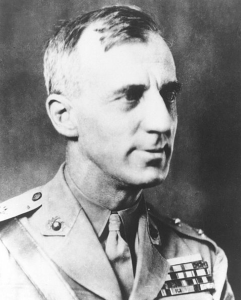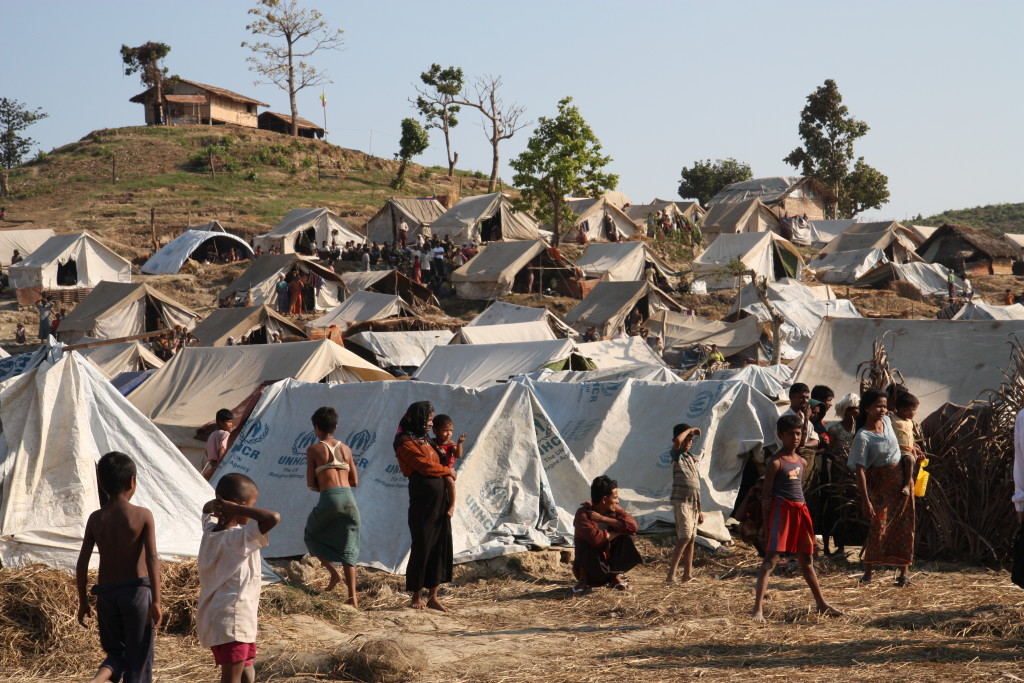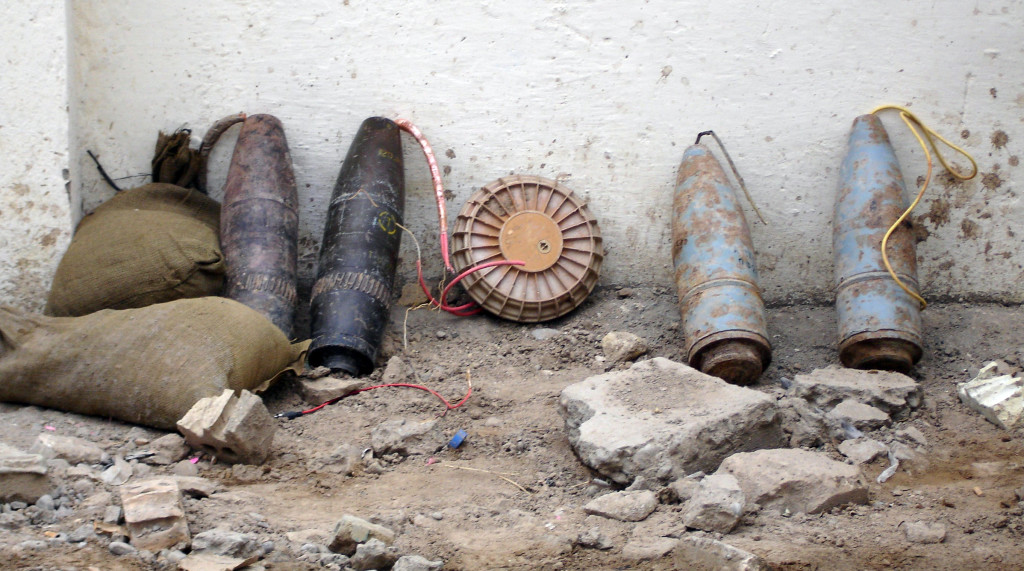CHICAGO — I was sitting in a cab with my classmate as the driver drove down the streets of Austin, a neighborhood on the West Side of Chicago, which has the highest number of homicide cases in the city.
“What are you two Asians doing in a black neighborhood?” the driver asked.
“We are reporters.” I answered.
The driver, an immigrant from Pakistan, pointed to a row of houses that were either burned down or boarded up and asked: “Do you think this is America?”
I don’t know the answer. Austin, and other neighborhoods on the west and south sides, is obviously part of America. But it is not the America that I pictured.
I began to search for answer to the question, and through this process I learned. a shocking fact – that the U.S. has the highest incarceration rate in the world. According to the International Center for Prison Studies, the country houses 22 percent of the world’s prisoners. So what happens to “land of the free, home of the brave?”
As I talked to community leaders, a lot of them mentioned the “war on drugs,” and especially how it applies to African-Americans.
It all started in 1971 when then-President Richard Nixon declared that, “America’s public enemy number one in the United States is drug abuse.” Since then, the U.S. has been spending more and more money on drug enforcement. According to a story in Quartz, the U.S. now spends more than $40 billion each year on drug prohibition.
In fact, some current and former law enforcement officers have begun to question the effectiveness of the war on drugs.
James Gierach, a former Cook County assistant state’s attorney in the 1970s and now a member of Law Enforcement Against Prohibition, believes the war on drugs creates the very problem it tried to prevent.
“Al Capone was in favor of the prohibition of liquor. Why? Because it was the foundation of his business. It enabled him to make $2 billion dollars a year in today’s currency…. Drug cartels around the world are in favor of the war on drugs… because when you outlawed something that people want, it makes that commodity the most valuable commodity in the face of the earth. We tell the kids don’t do drugs and we slide a pot of gold next to the choice we tell them not to take,”
David Simon, a former crime reporter with the Baltimore Sun and creator of the TV show “The Wire,” said in the documentary “The House I Lived In” that the war on drugs undermines the law enforcement’s ability of fighting crime.
“There are lots of detectives I admired for their professionalism, for their craft. The drug war created an environment in which none of that was rewarded,” he said. “A drug arrest does not require anything other than getting out of your radio car and jacking people up against the side of a liquor store. Probable cause? Are you kidding?”
According to Simon, the “simplicity” of a drug arrest means a police officer can make more arrests and get paid for the extra hours he worked.
“Compare that guy to the one guy doing police work—solving a murder, a rape, a robbery, a burglary. If he gets lucky, he makes one arrest for the month… At the end of the month, when they look and when they see officer A, he made 60 arrests. Officer B, he made one arrest. Who do you think they make the sergeant?” Simon said.
Therefore the war on drugs creates an incentive for law enforcement to go into a neighborhood and arrest people while interring with other police works. In the long run, it creates the distrust between police and the community.
In my opinion, drug abuse is a public health issue instead of a criminal justice issue. The tax money should go to prevention and treatment instead of building prisons.
Drugs do not dignify individuals, and there is no argument. But the war on drugs that lasts for more than 40 years do not accomplish any of its original goals.










